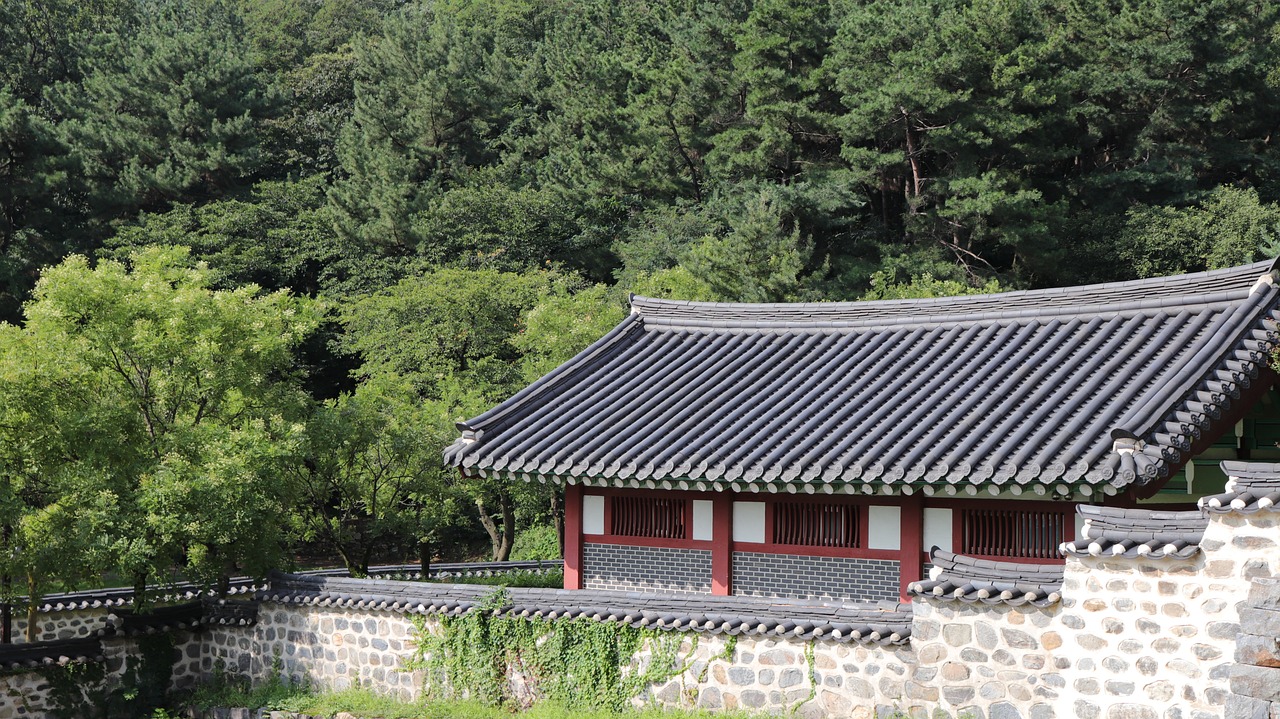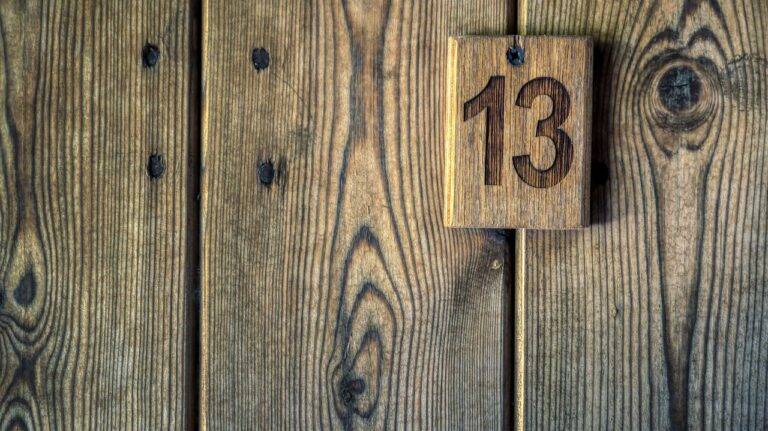Tips for Designing a Victorian Garden-Themed Home
When planning your garden theme, it’s essential to consider the overall atmosphere you want to create in your outdoor space. Think about whether you prefer a vibrant and colorful garden bursting with a variety of flowers or a more serene and minimalist approach with uniform greenery. The theme you choose should reflect your personal style and evoke the feeling you want to experience when spending time in your garden.
Another important aspect to consider when planning your garden theme is the practicality and maintenance level of the plants you select. Determine if you have the time and resources to care for high-maintenance plants or if you prefer a low-maintenance garden that requires minimal effort to thrive. By carefully considering these factors, you can create a garden theme that not only looks beautiful but is also sustainable and enjoyable for years to come.
Choosing Authentic Victorian Plants
When selecting plants for a Victorian garden, it is essential to opt for varieties that were popular during the Victorian era. Roses hold a prominent place in authentic Victorian gardens, with hybrid tea roses and old garden roses being popular choices. Other must-have plants include peonies, hollyhocks, foxgloves, and lavender, all of which add a touch of nostalgia and elegance to the garden.
Incorporating ferns, ivy, and boxwoods can also enhance the authenticity of a Victorian garden. These plants were commonly used during the Victorian era to create lush greenery and add a sense of privacy to outdoor spaces. Additionally, incorporating fragrant herbs such as lavender, rosemary, and thyme can not only add to the period-appropriate look of the garden but also provide sensory delight for visitors.
Incorporating Traditional Garden Structures
When designing your garden, incorporating traditional garden structures can add charm and character to your outdoor space. Structures such as gazebos, pergolas, and trellises not only provide visual interest but also create functional areas for relaxation or entertainment. These elements can further enhance the overall aesthetic of your garden and evoke a sense of nostalgia for bygone eras.
In addition to adding structure and elegance to your garden, traditional garden structures can also serve practical purposes. For example, a gazebo can provide a sheltered spot for outdoor dining or a cozy nook for reading, while a trellis can support climbing plants and help define different areas within your garden. By carefully selecting and placing these structures, you can create a cohesive and inviting outdoor space that reflects your personal style and enhances your gardening experience.





